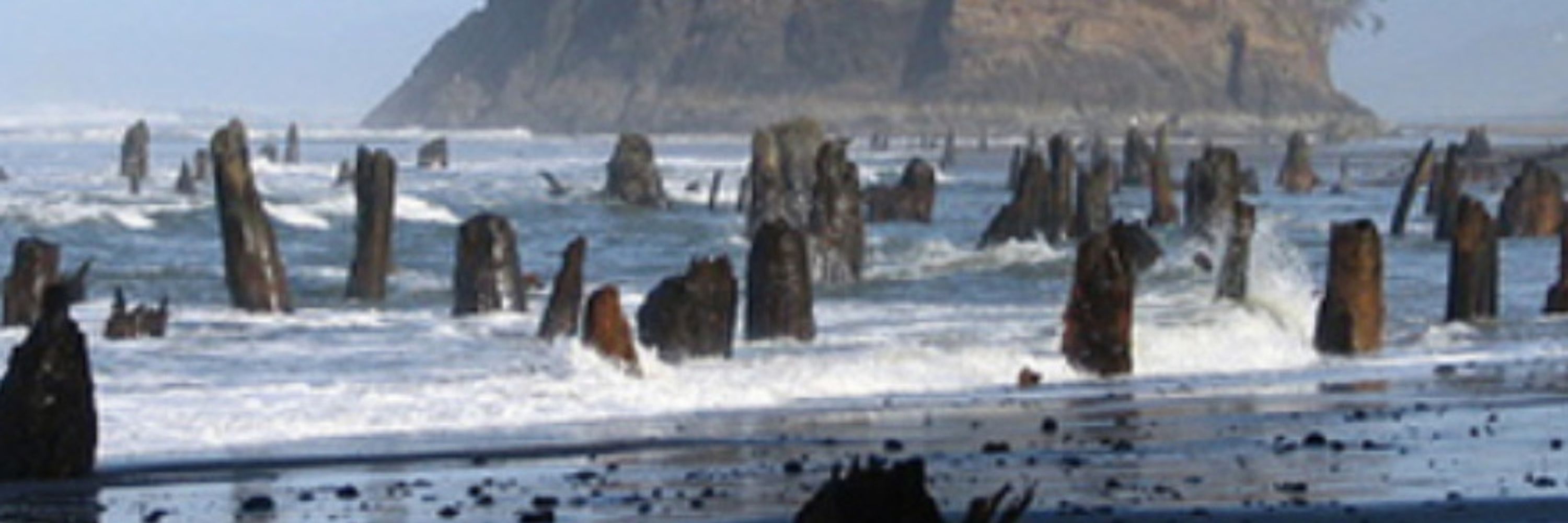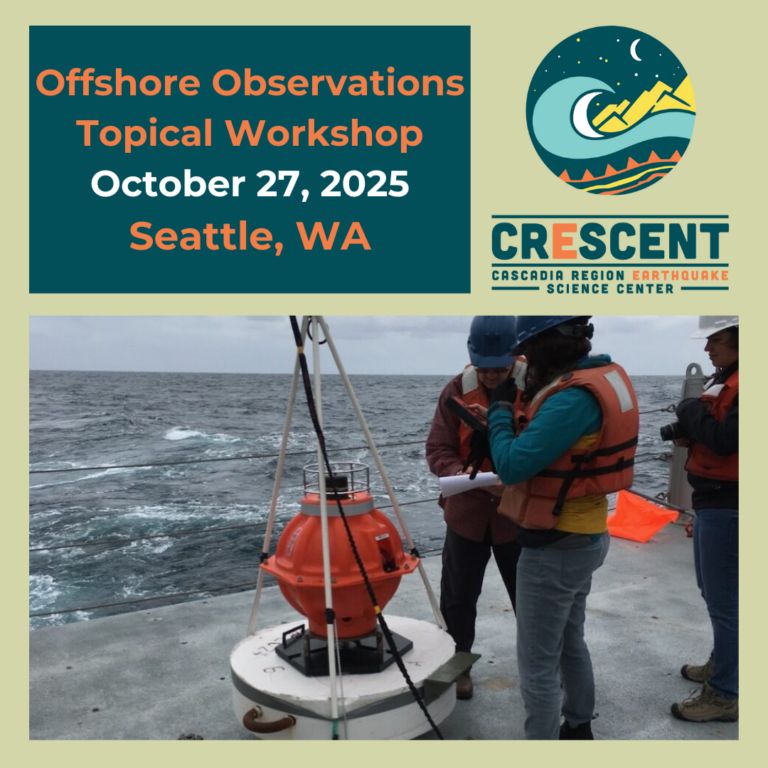
⏰ Applications close January 15, 2026
Program begins Fall 2026
Learn more and apply here ⬇️
cascadiaquakes.org/2024/10/03/m...

⏰ Applications close January 15, 2026
Program begins Fall 2026
Learn more and apply here ⬇️
cascadiaquakes.org/2024/10/03/m...
But other experts, while recognizing that may technically be possible, want more evidence.
Read more at NatGeo:
www.nationalgeographic.com/science/arti...

But other experts, while recognizing that may technically be possible, want more evidence.
Read more at NatGeo:
www.nationalgeographic.com/science/arti...

[more here](www.aviso.altimetry.fr/fr/missions/...)
#CNES #CLS

Melgar et al. reveal a fast 450 km rupture from March 28 M7.8 quake, ties to past Sagaing Fault quakes, highlighting seismic repeatability & the urgent need for resilience.
Read more: seismica.library.mcgill.ca/article/view...

(🎥 Doni Nikz)
This workshop will take place the day before our annual meeting, on October 27th.
Learn more and register here ⬇️
cascadiaquakes.org/2025/01/23/o...

This workshop will take place the day before our annual meeting, on October 27th.
Learn more and register here ⬇️
cascadiaquakes.org/2025/01/23/o...




Learn more about the annual meeting and poster contest here:
➡️ lnkd.in/gXqFTUDD

Learn more about the annual meeting and poster contest here:
➡️ lnkd.in/gXqFTUDD
Learn more and register by July 11 ⬇️
cascadiaquakes.org/2025/01/23/o...

Learn more and register by July 11 ⬇️
cascadiaquakes.org/2025/01/23/o...
Learn more and register by July 11 ⬇️
cascadiaquakes.org/2...

Learn more and register by July 11 ⬇️
cascadiaquakes.org/2...




Over the next three days participants will learn to develop AI-aided earthquake catalogs through three key steps: event detection, association, and location.

Over the next three days participants will learn to develop AI-aided earthquake catalogs through three key steps: event detection, association, and location.
Our new PNAS study shows how earthquake-driven land subsidence + rising seas = major flood hazards along the Cascadia subduction zone. 🌊🌎 @cascadiaeqs.bsky.social (1/🧵)
www.pnas.org/doi/epdf/10....


hakaimagazine.com/features/gre...
Article from @hakai.org magazine

hakaimagazine.com/features/gre...
Article from @hakai.org magazine


cascadiaquakes.org/2...

cascadiaquakes.org/2...
Learn More and Apply: recruit.ucdavis.edu/JPF07007

Learn More and Apply: recruit.ucdavis.edu/JPF07007


Read now: seismica.library.mcgill.ca/article/view...
@cascadiaeqs.bsky.social, @diegosismologo.bsky.social

Read now: seismica.library.mcgill.ca/article/view...
@cascadiaeqs.bsky.social, @diegosismologo.bsky.social
Focused on teaching strategies, course design, research development, student mentoring, & work-life balance. Open to faculty in 1st 3 yr—priority given to those in their 2nd or 3rd year.
serc.carleton.edu/NA...

Focused on teaching strategies, course design, research development, student mentoring, & work-life balance. Open to faculty in 1st 3 yr—priority given to those in their 2nd or 3rd year.
serc.carleton.edu/NA...

